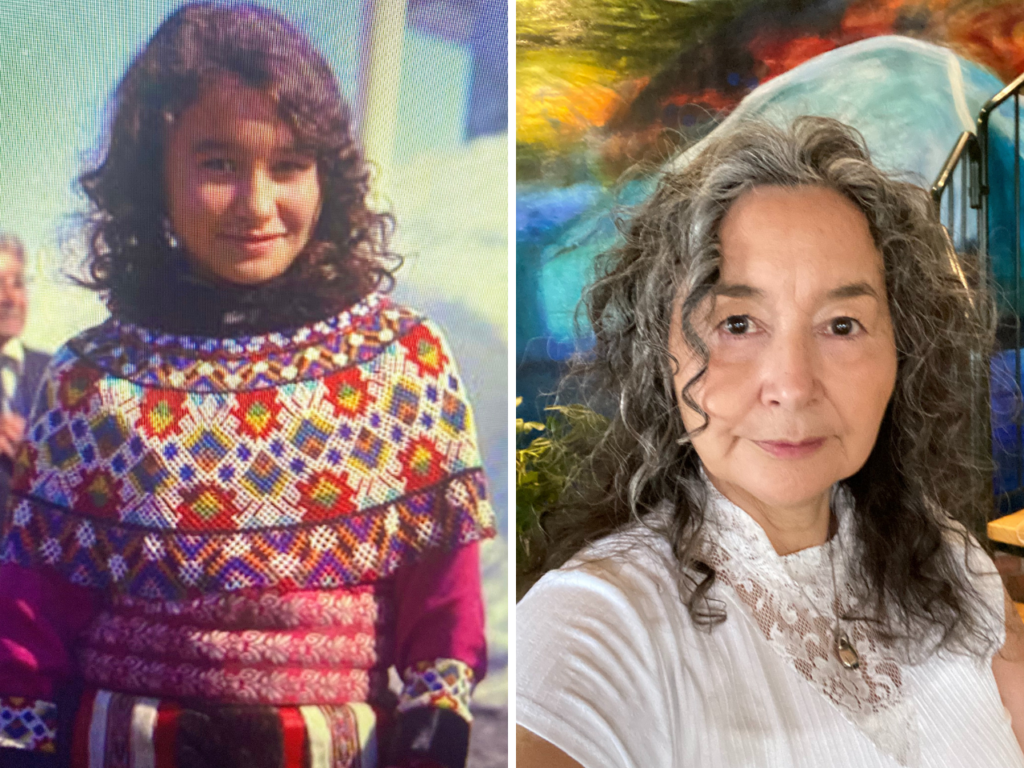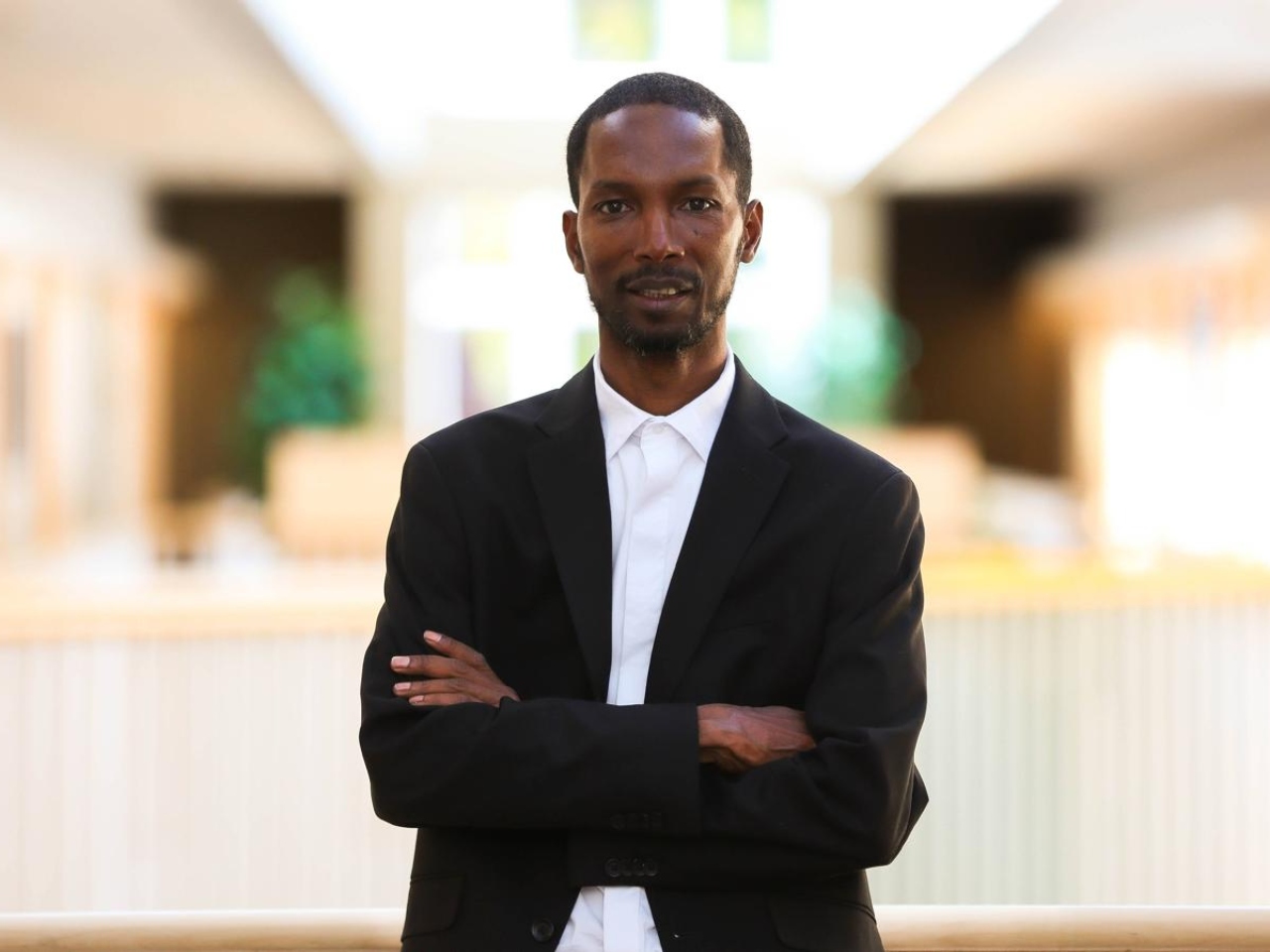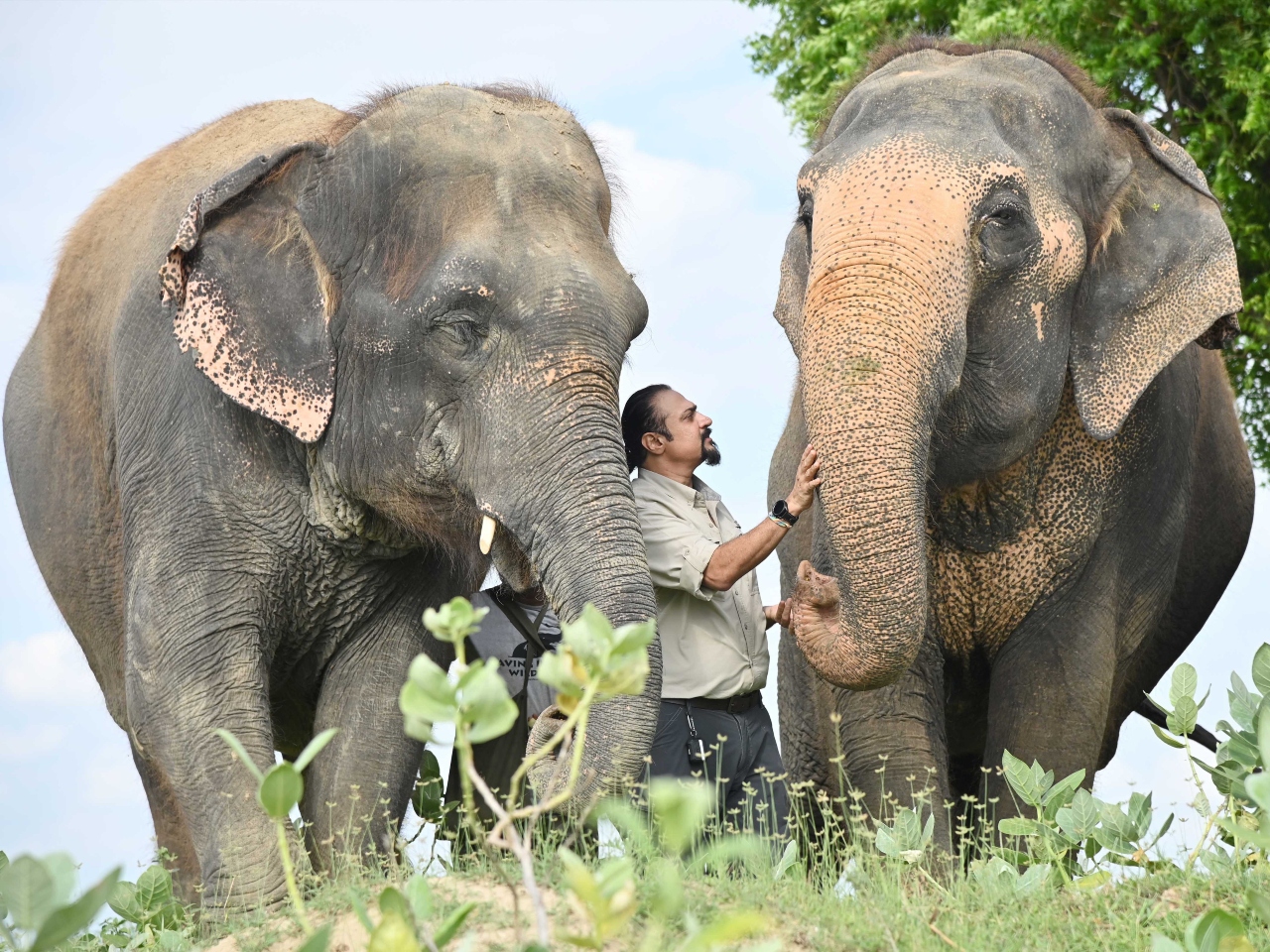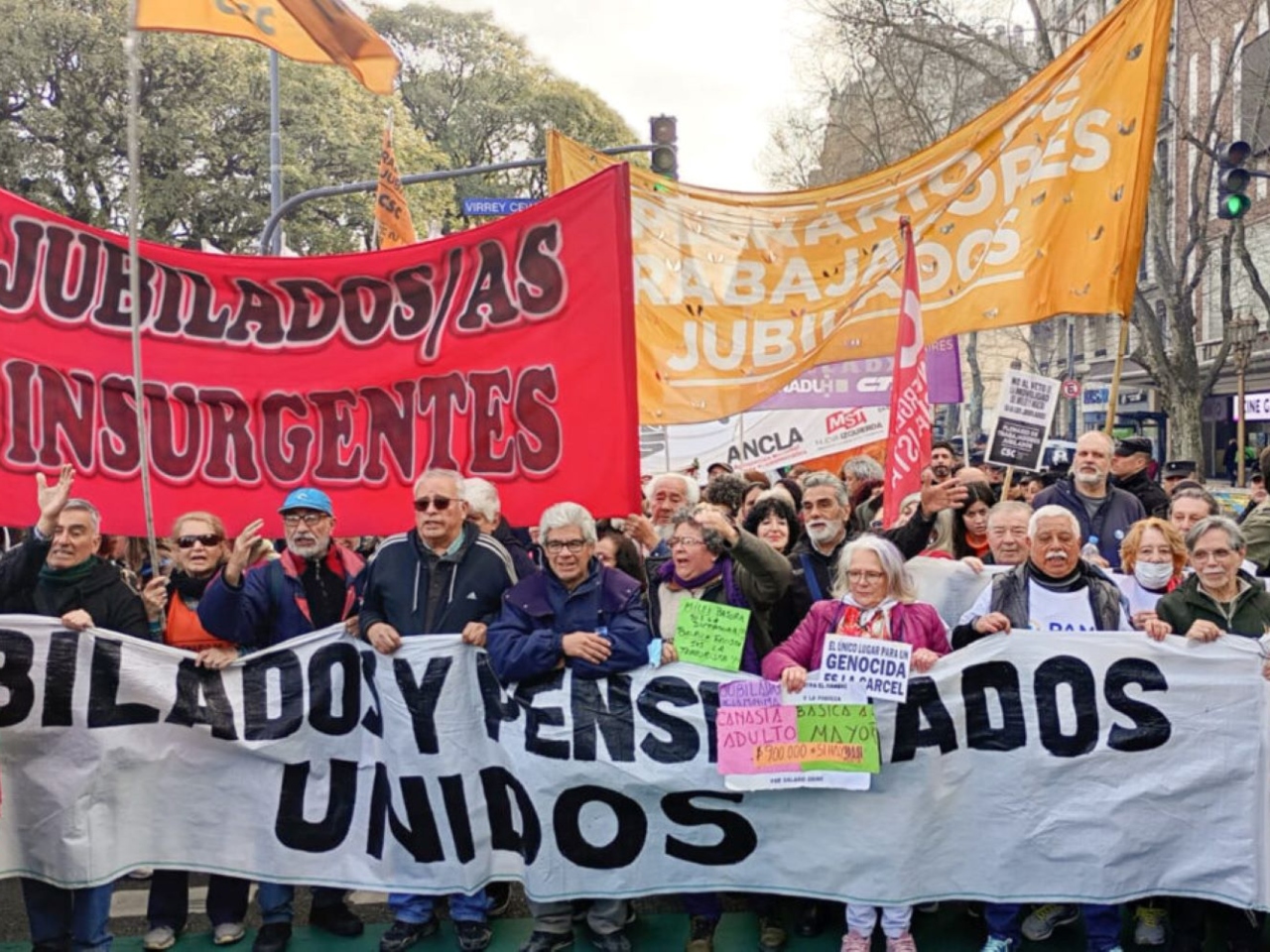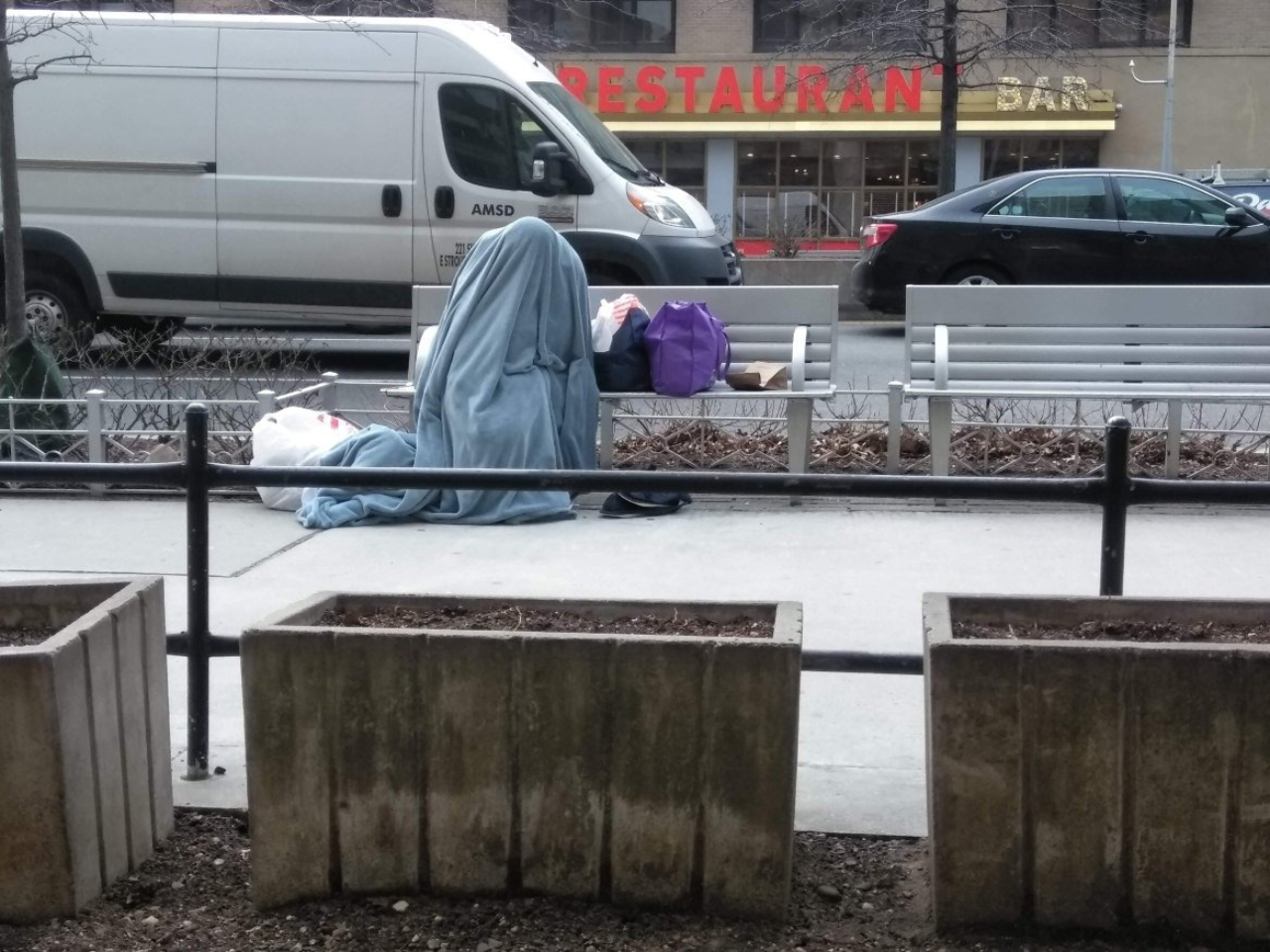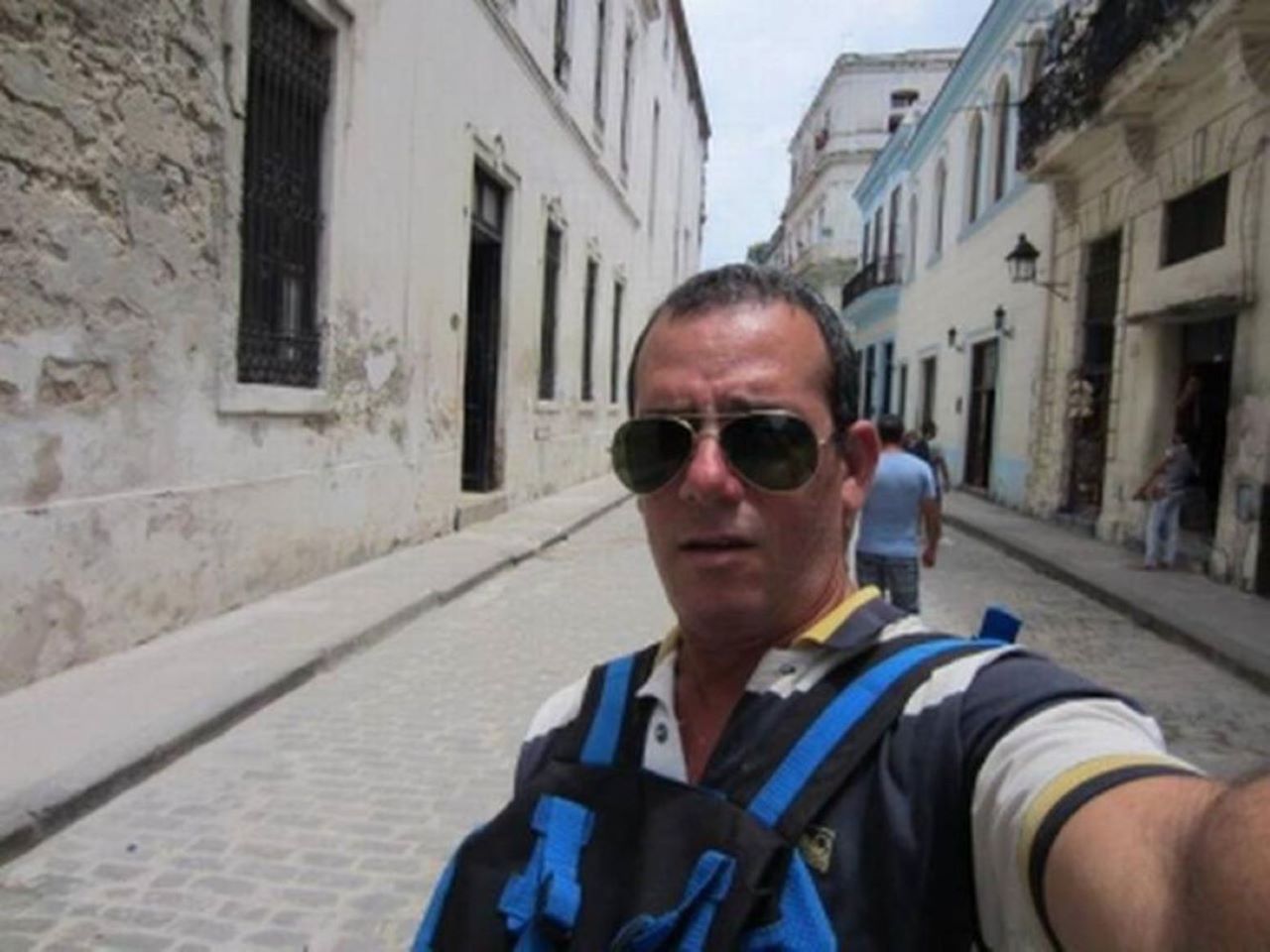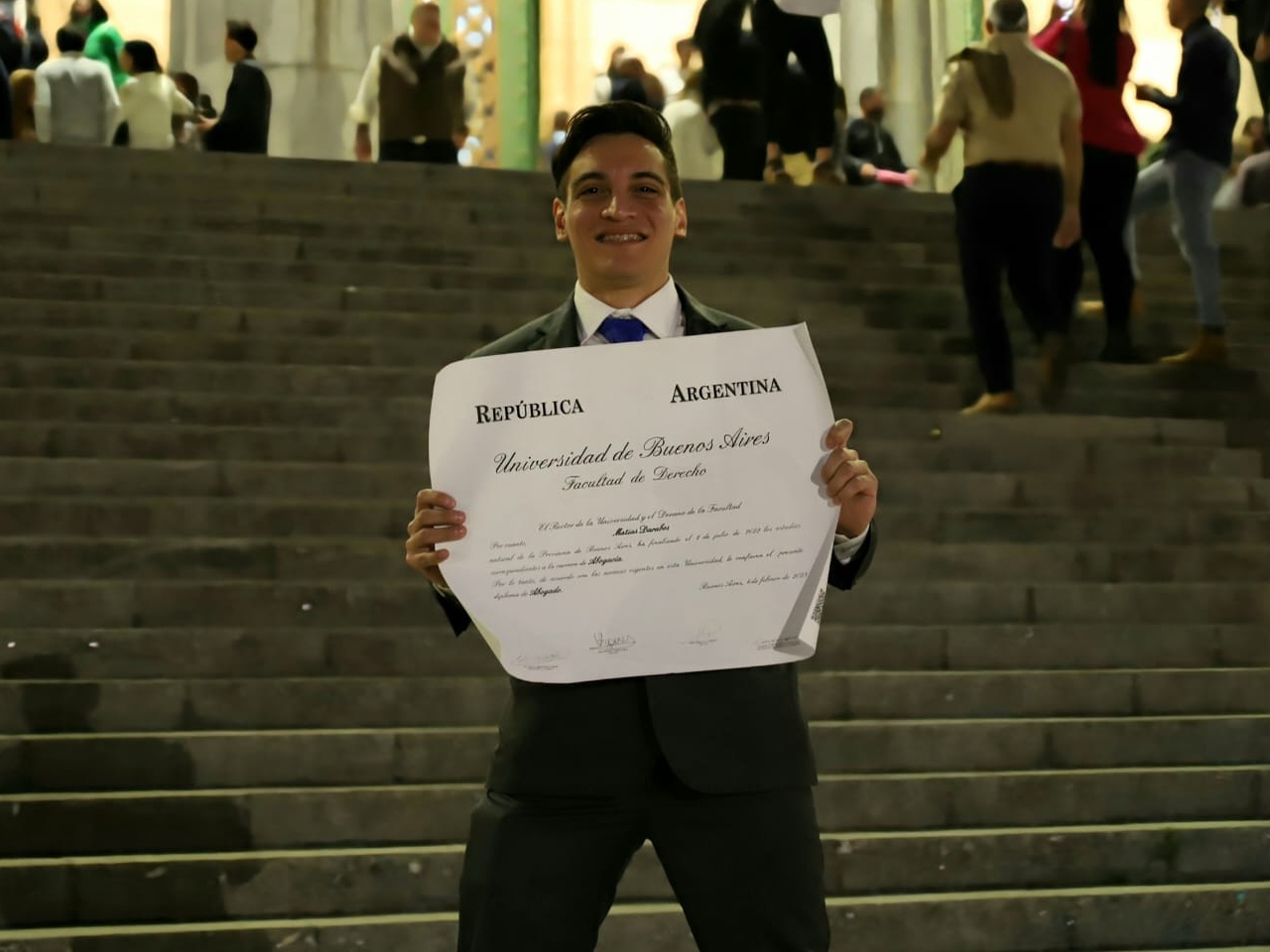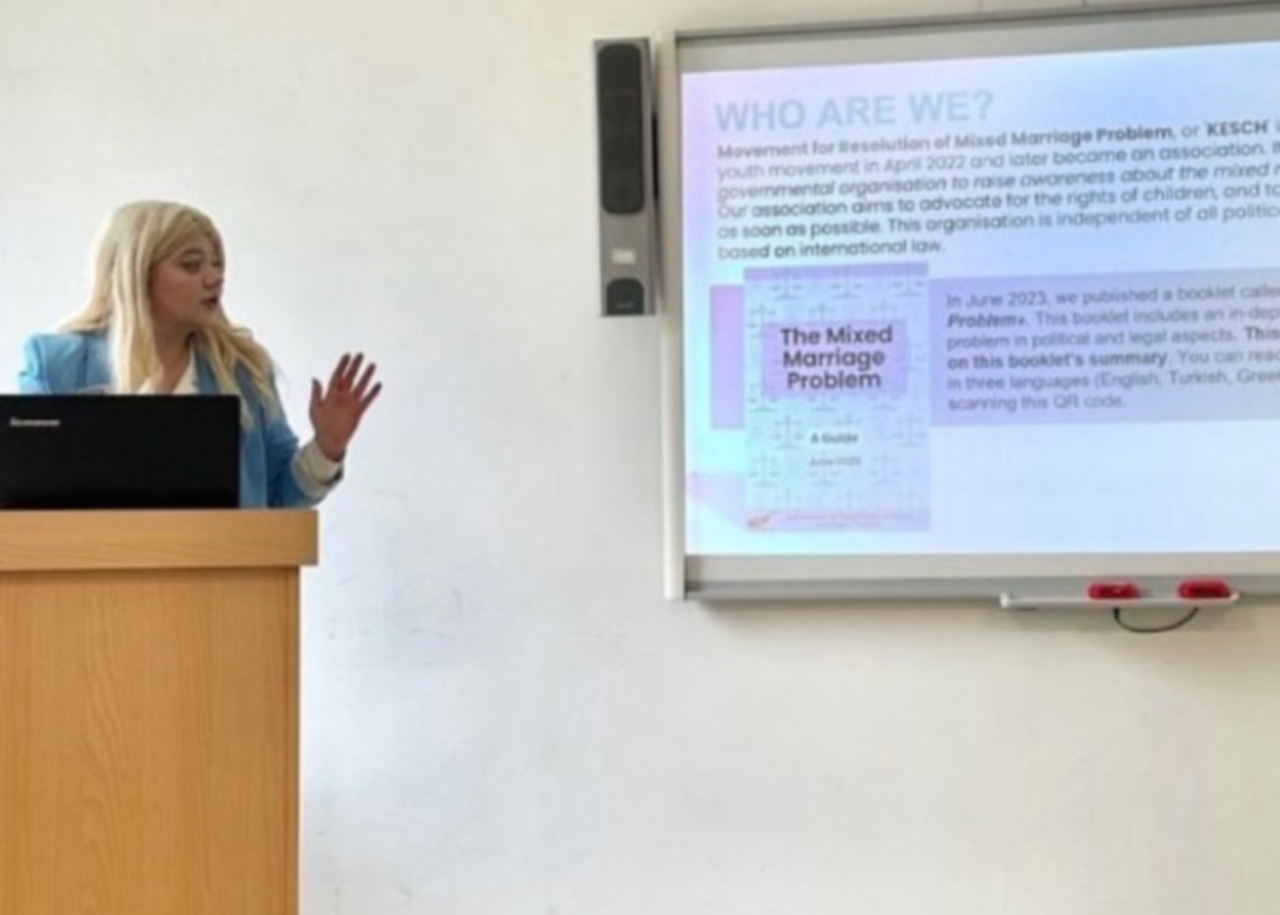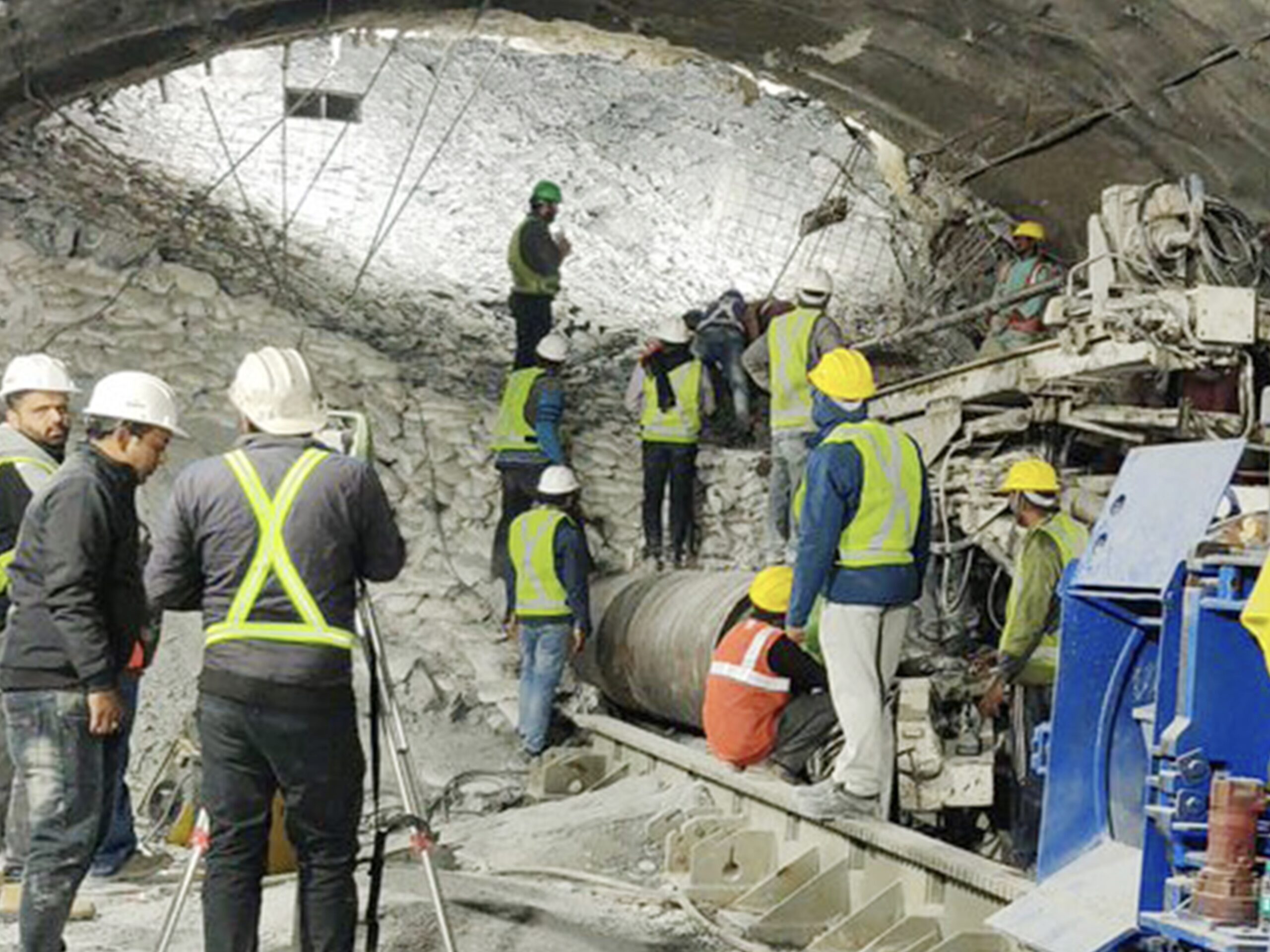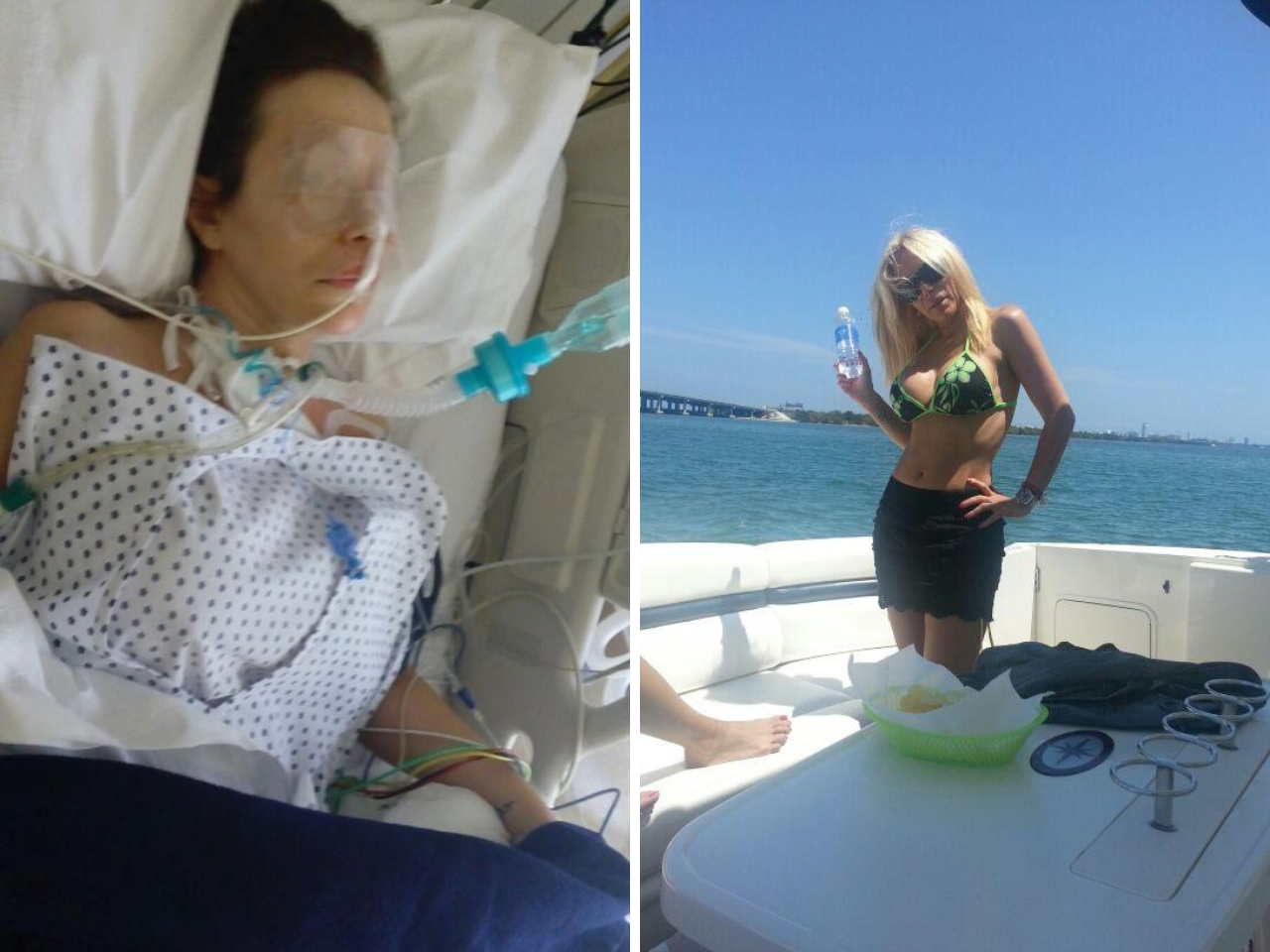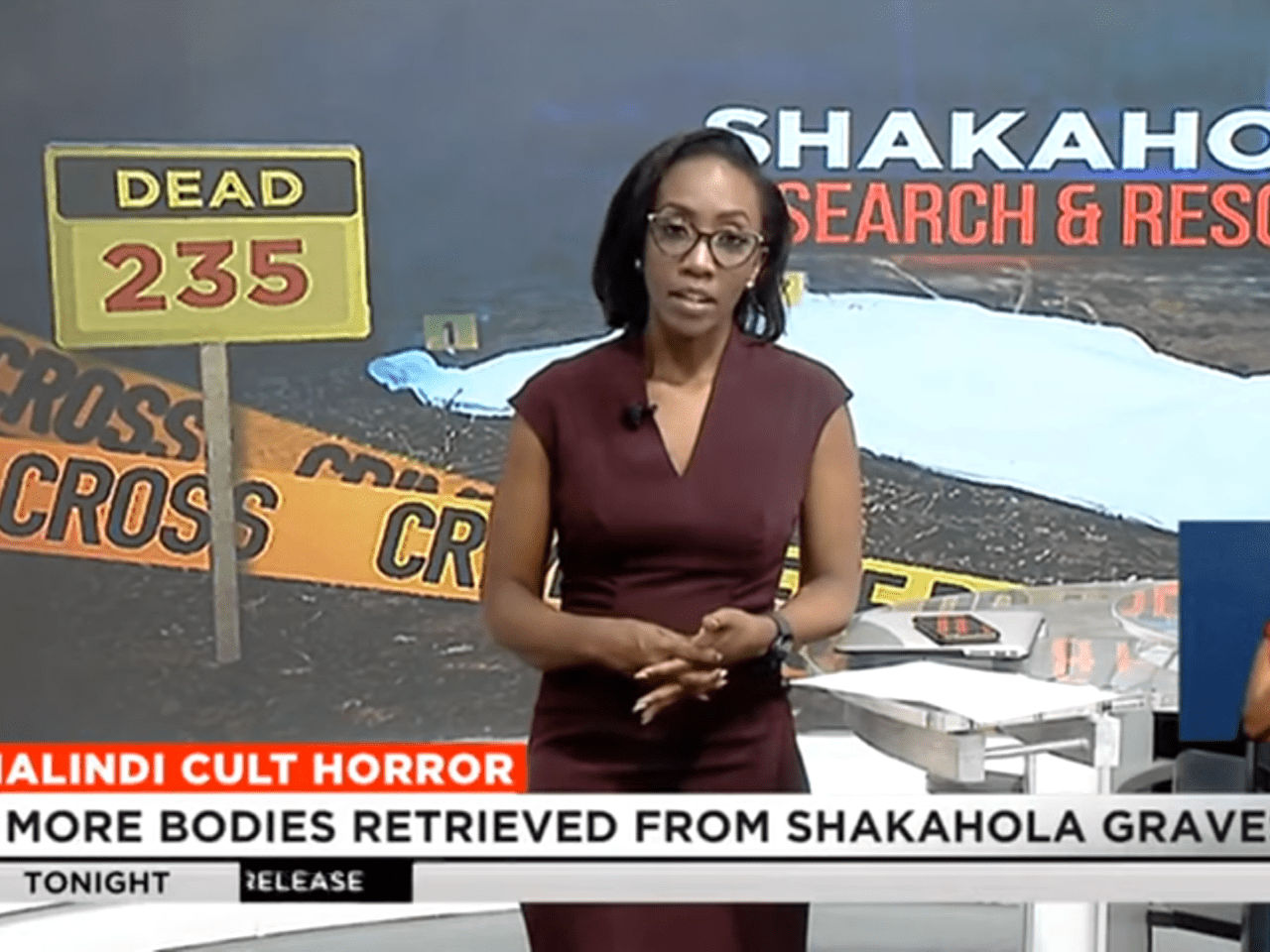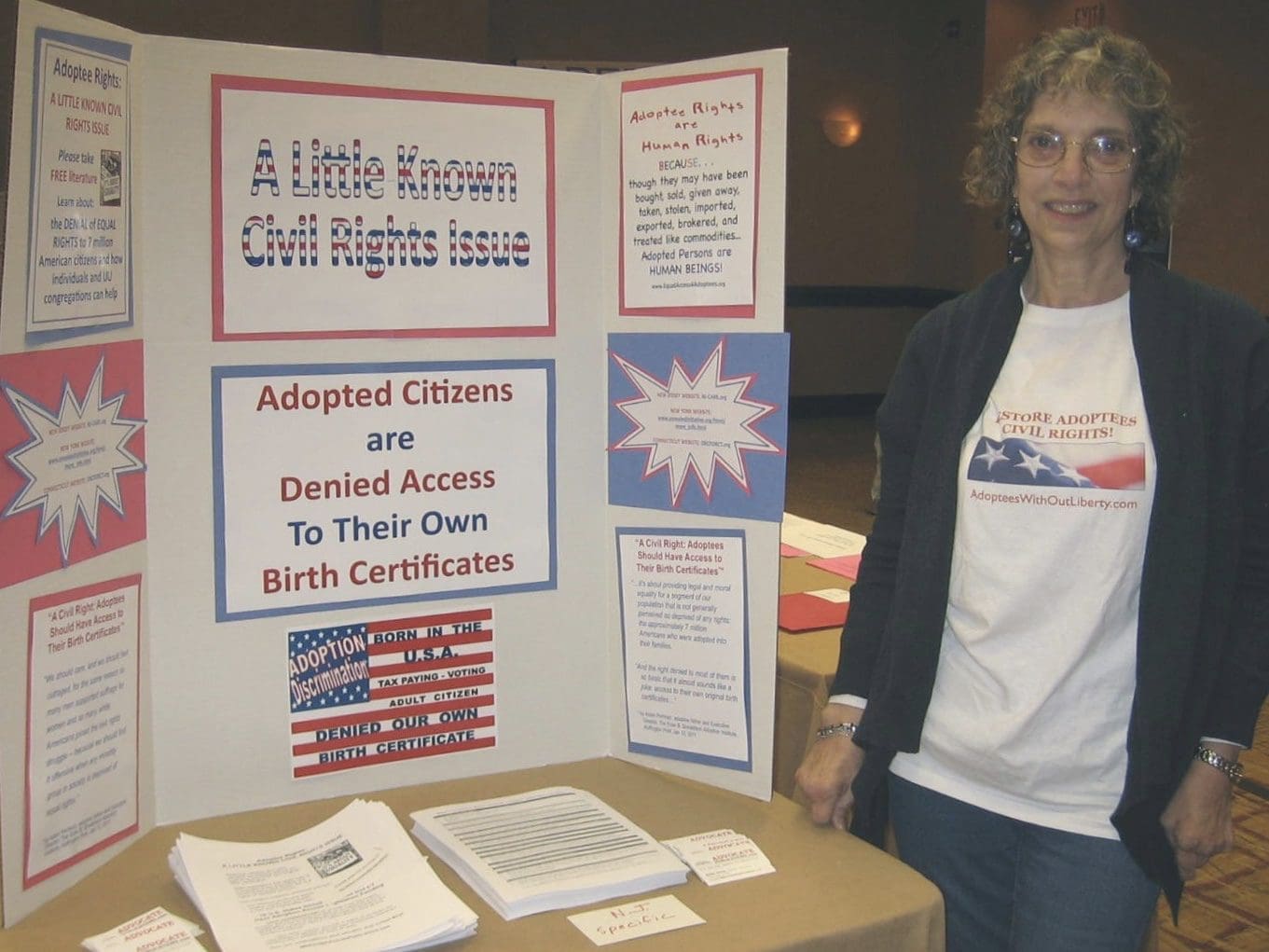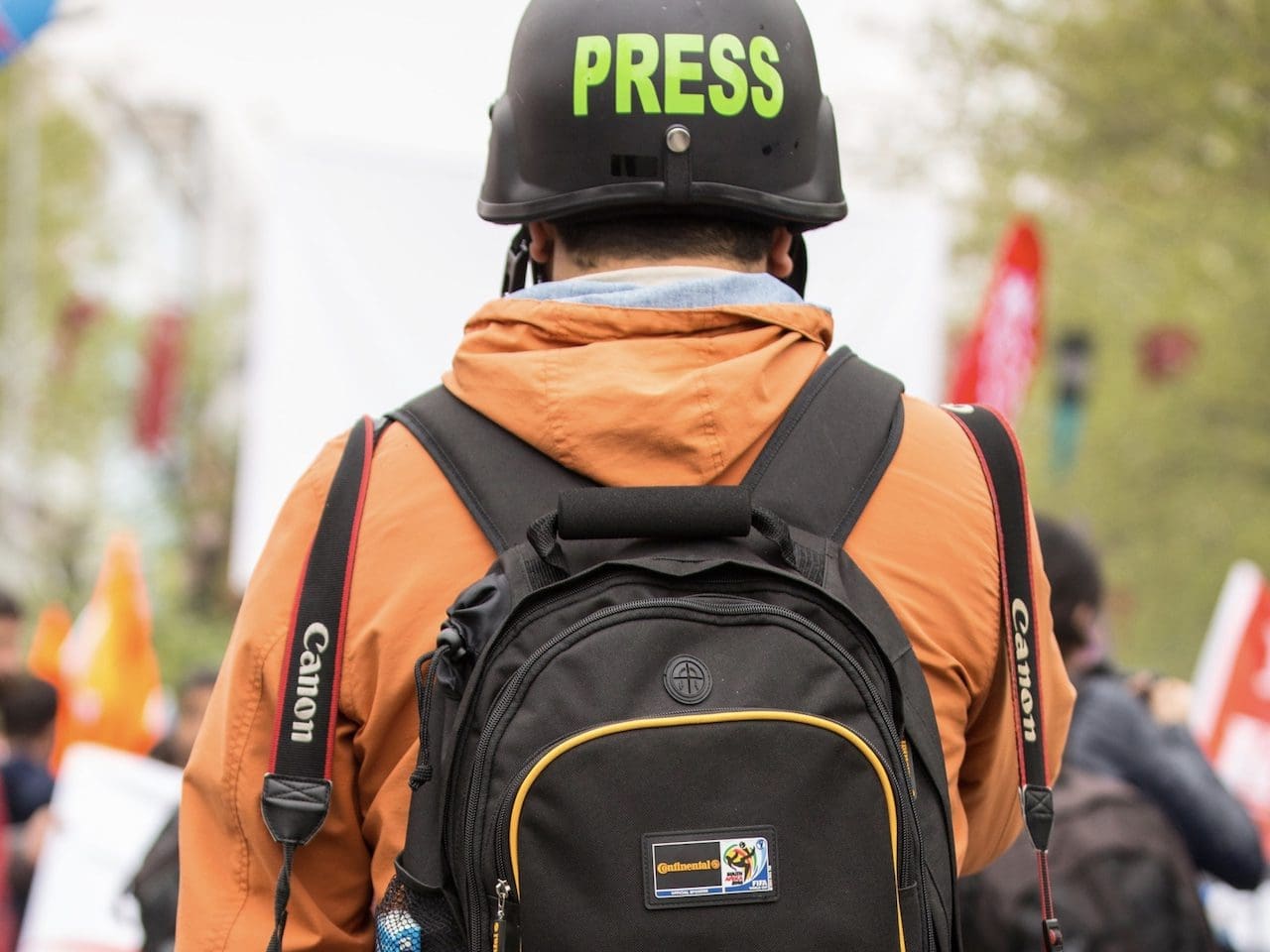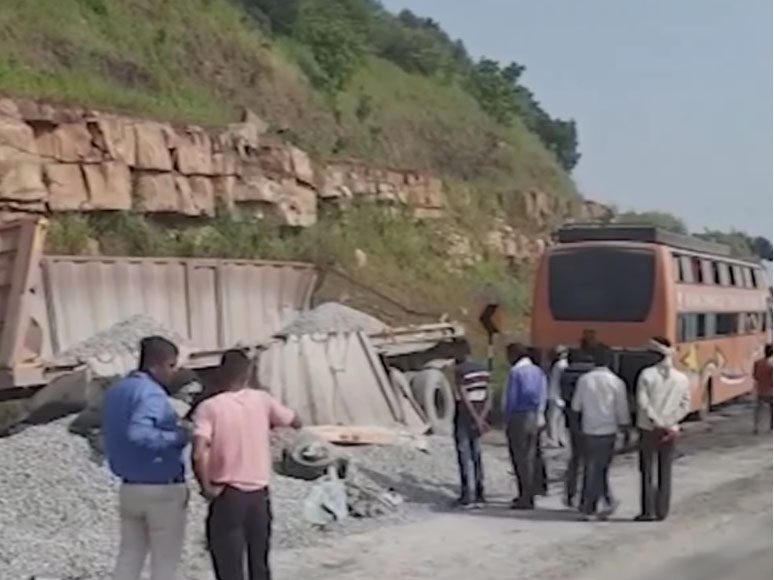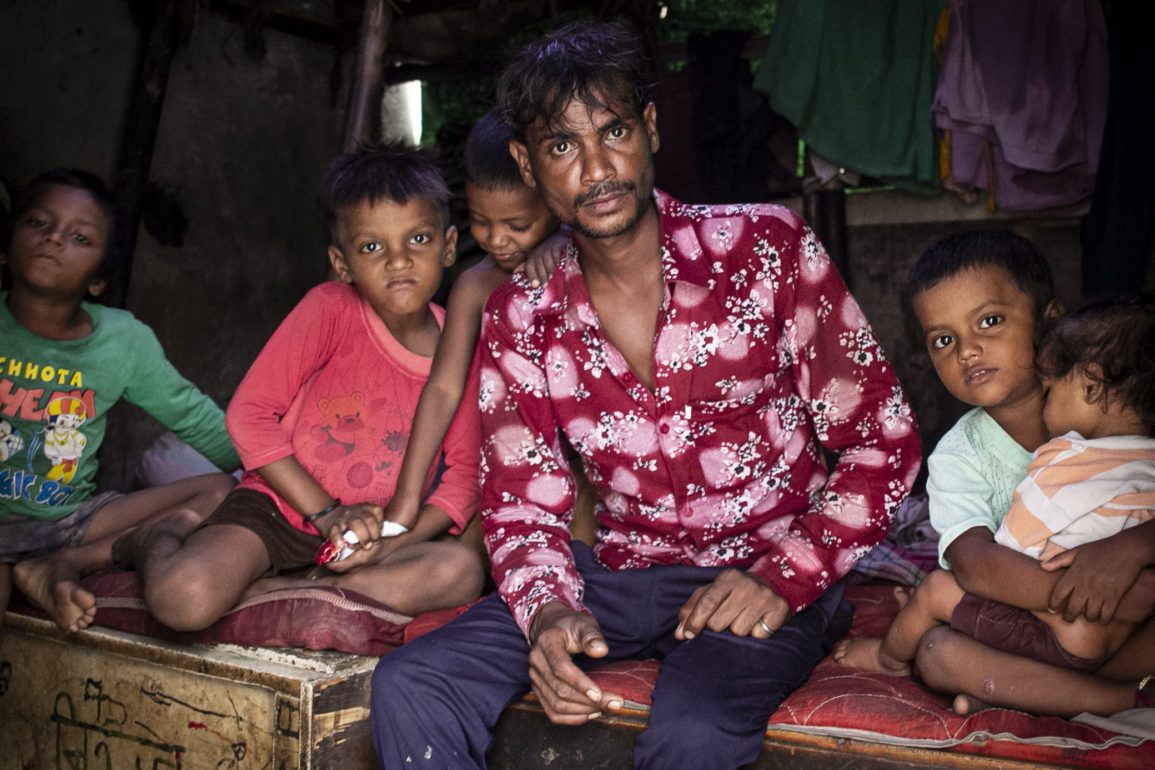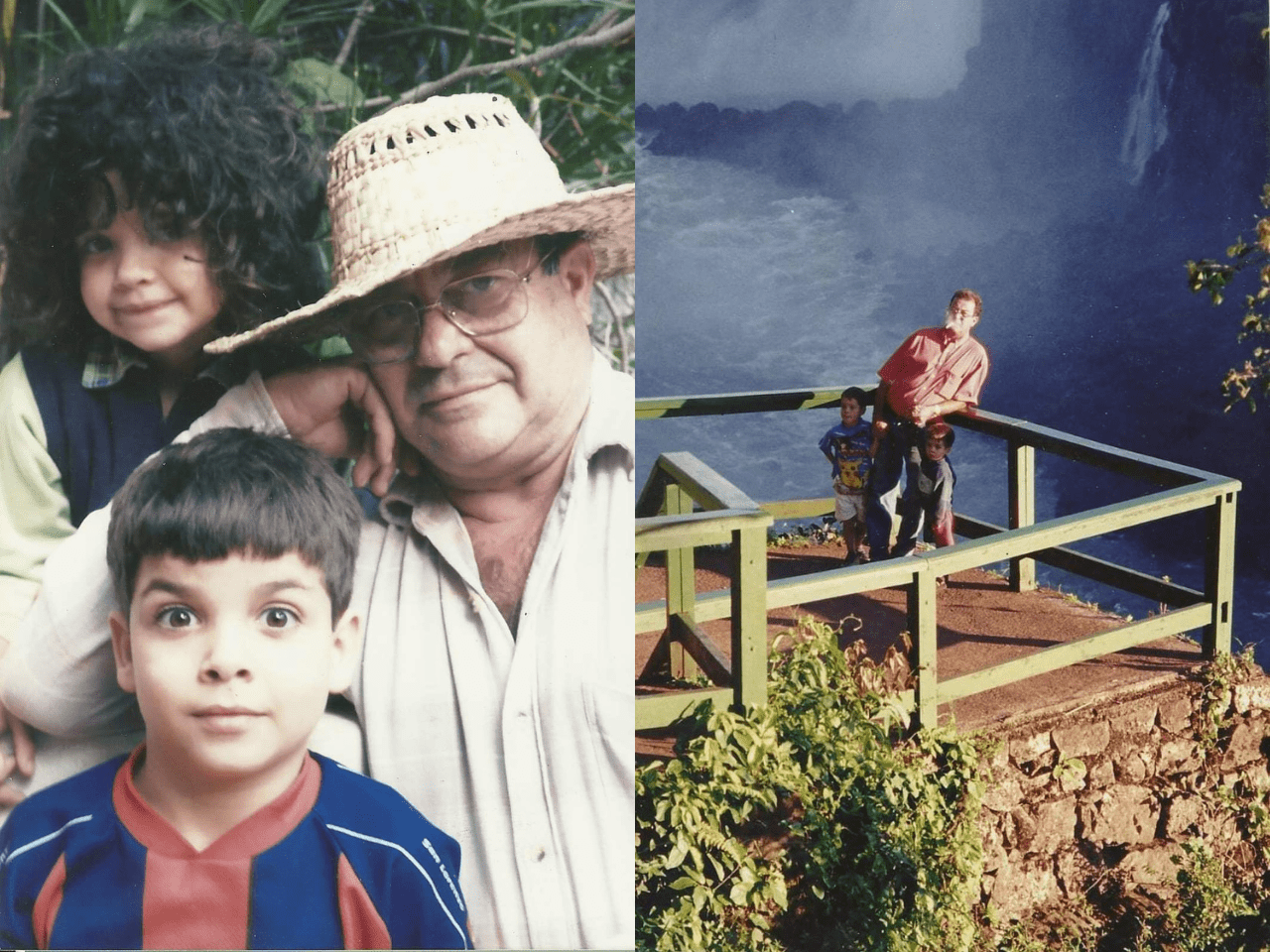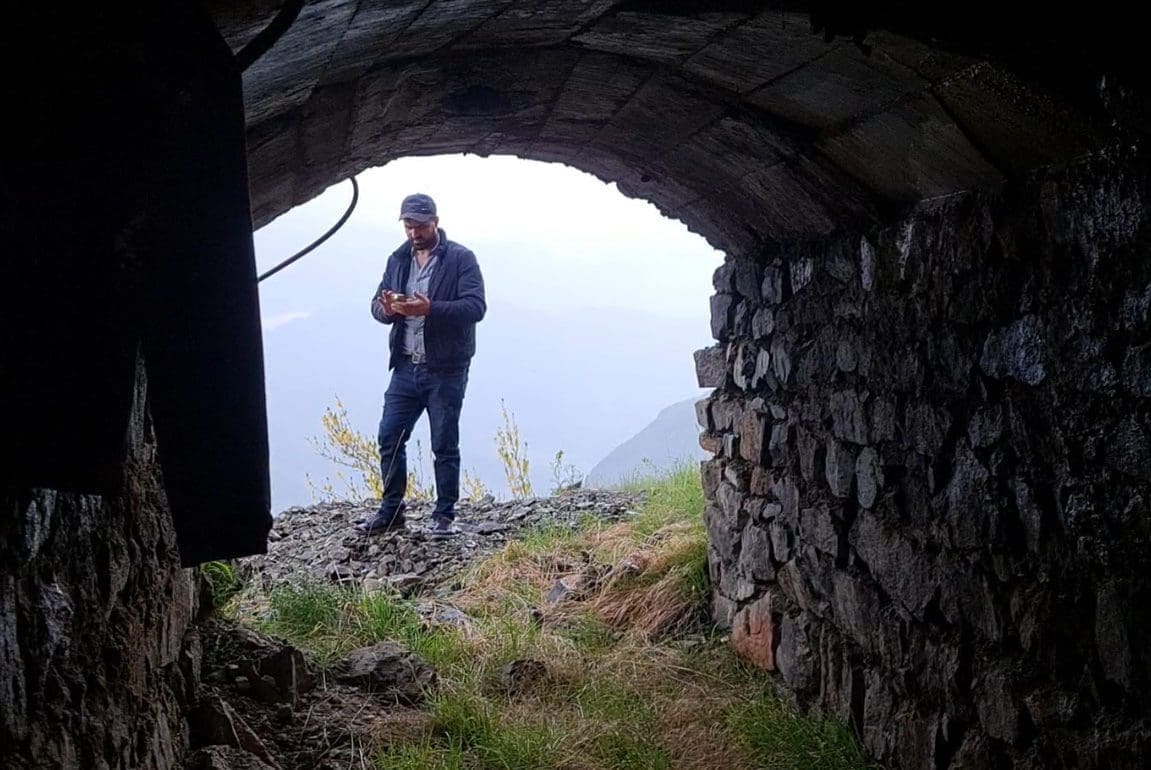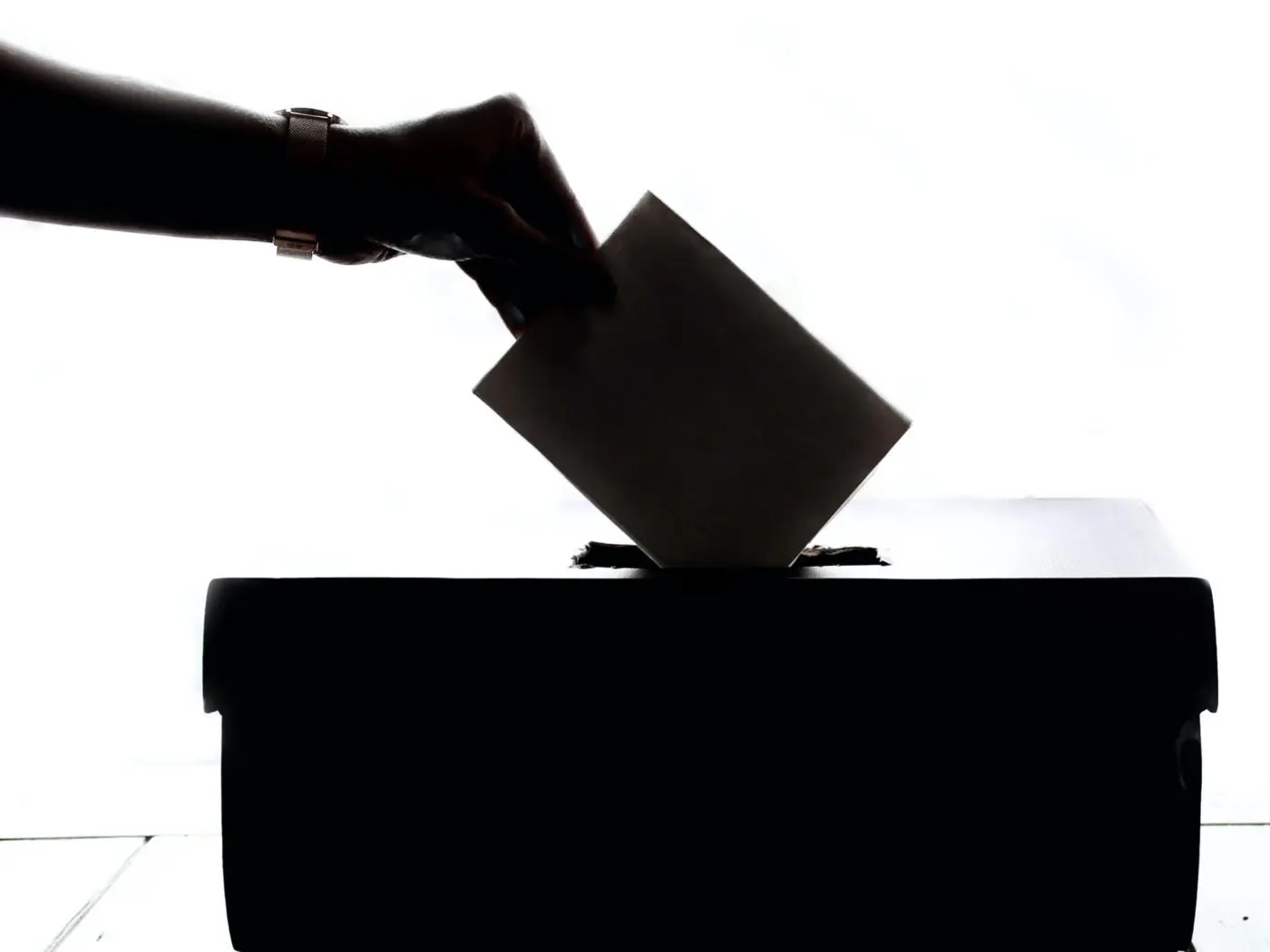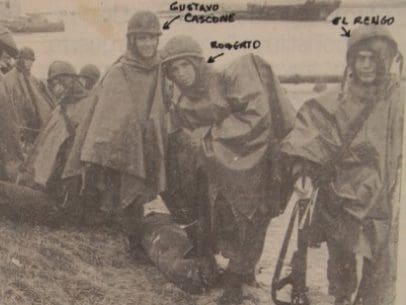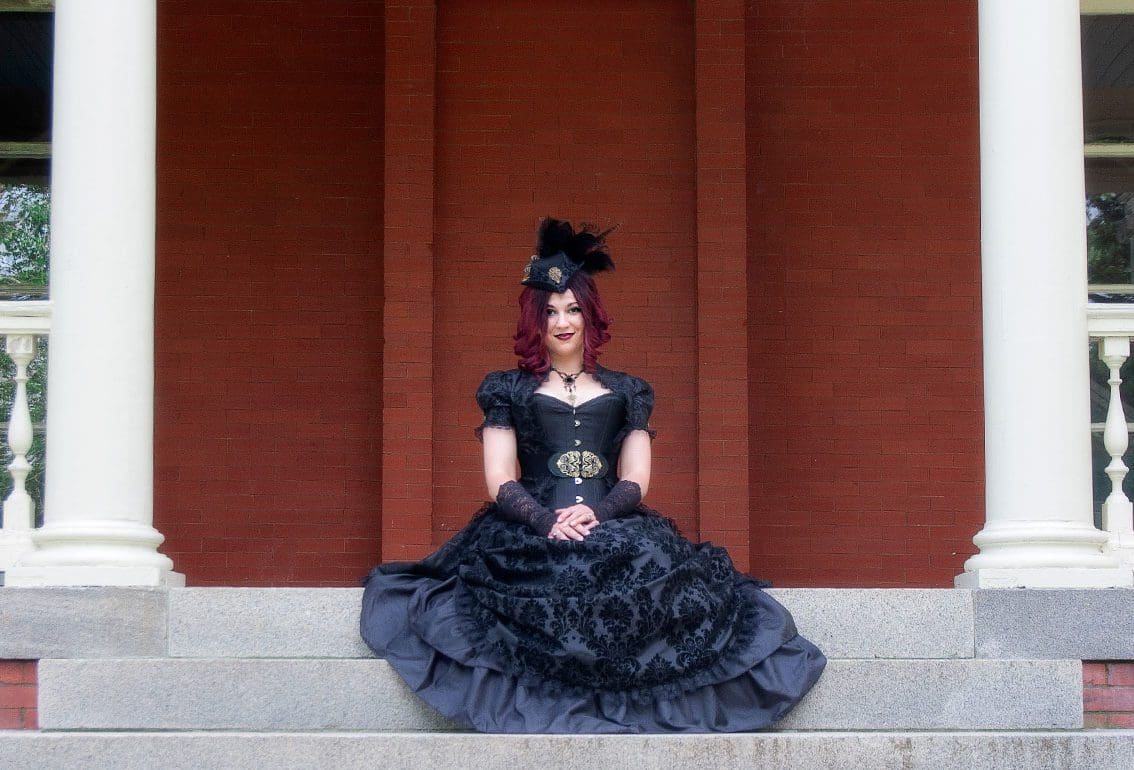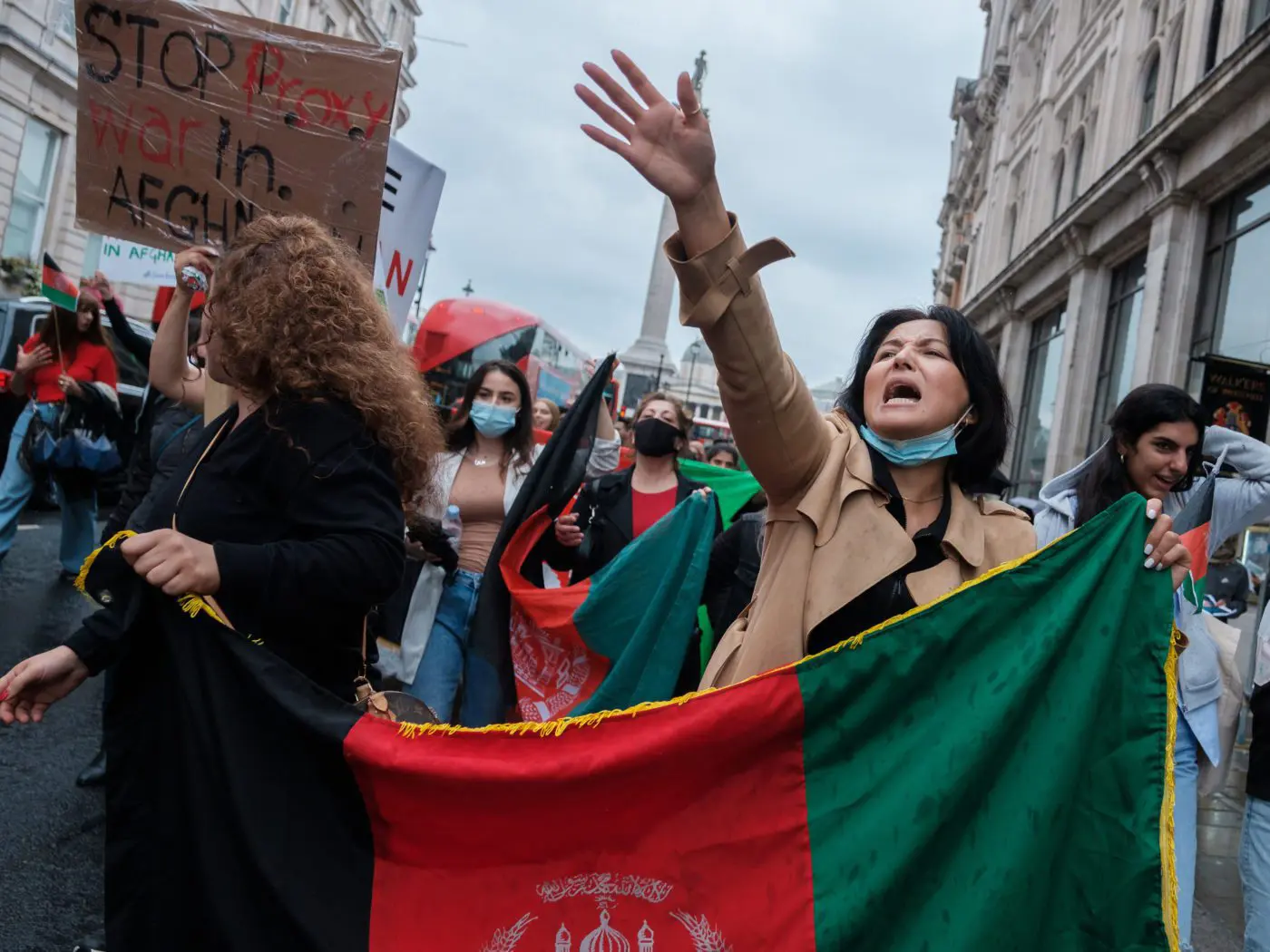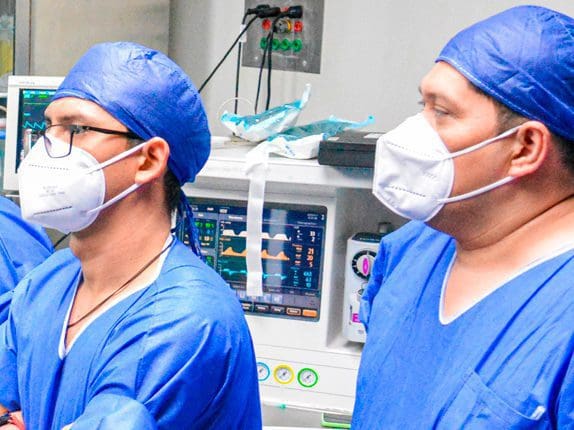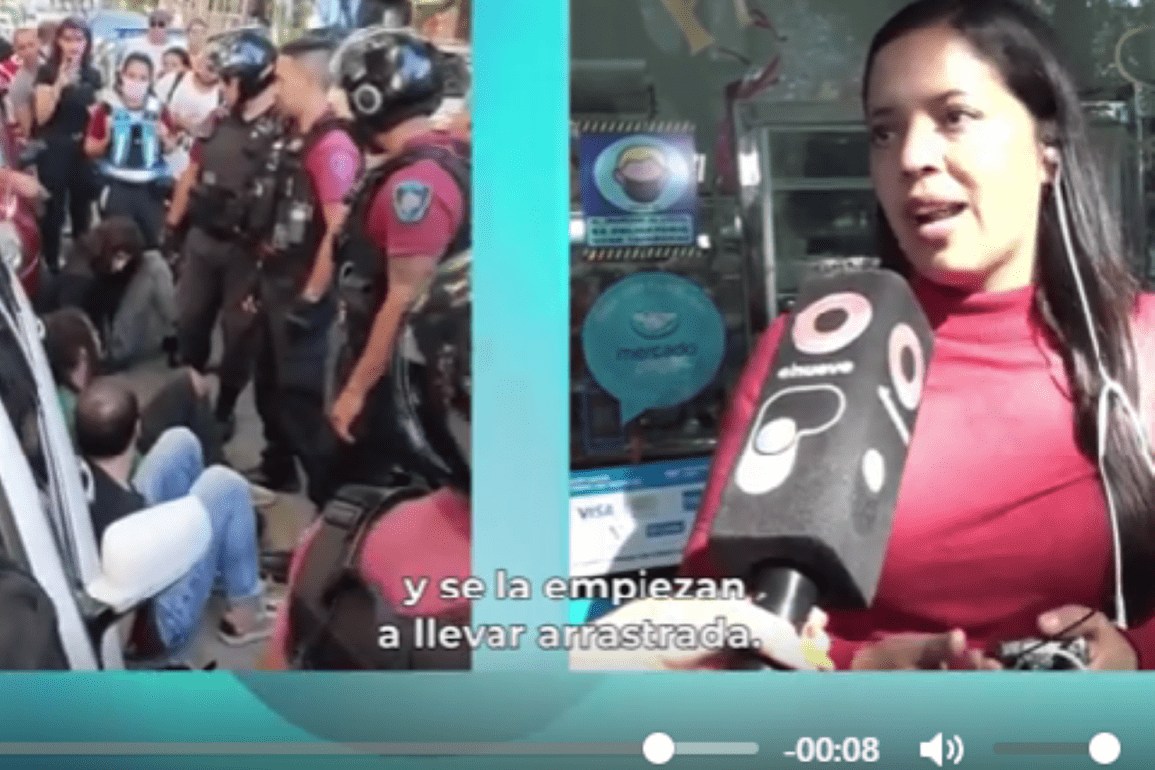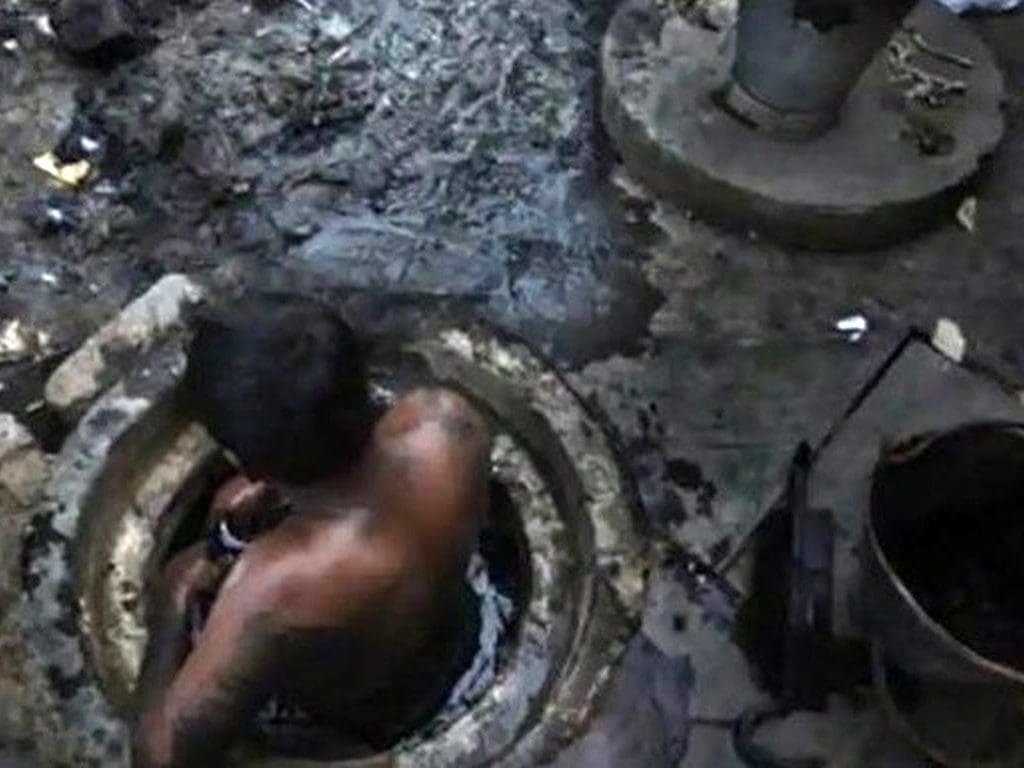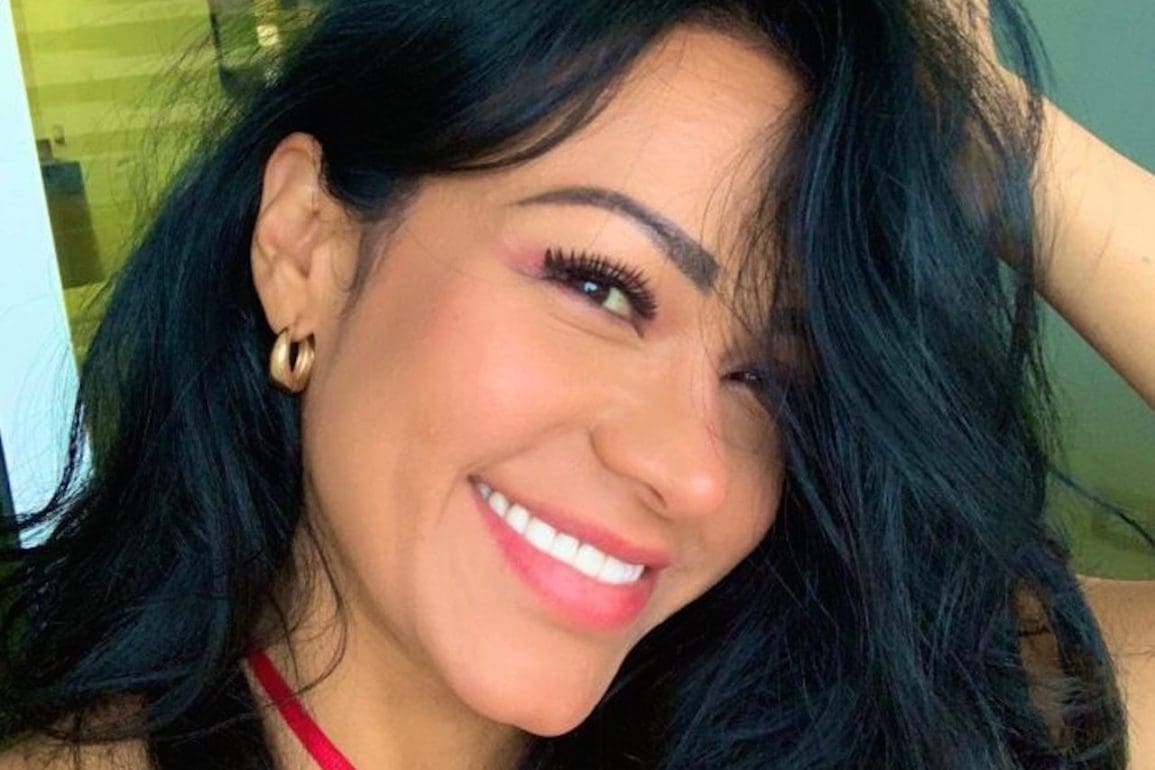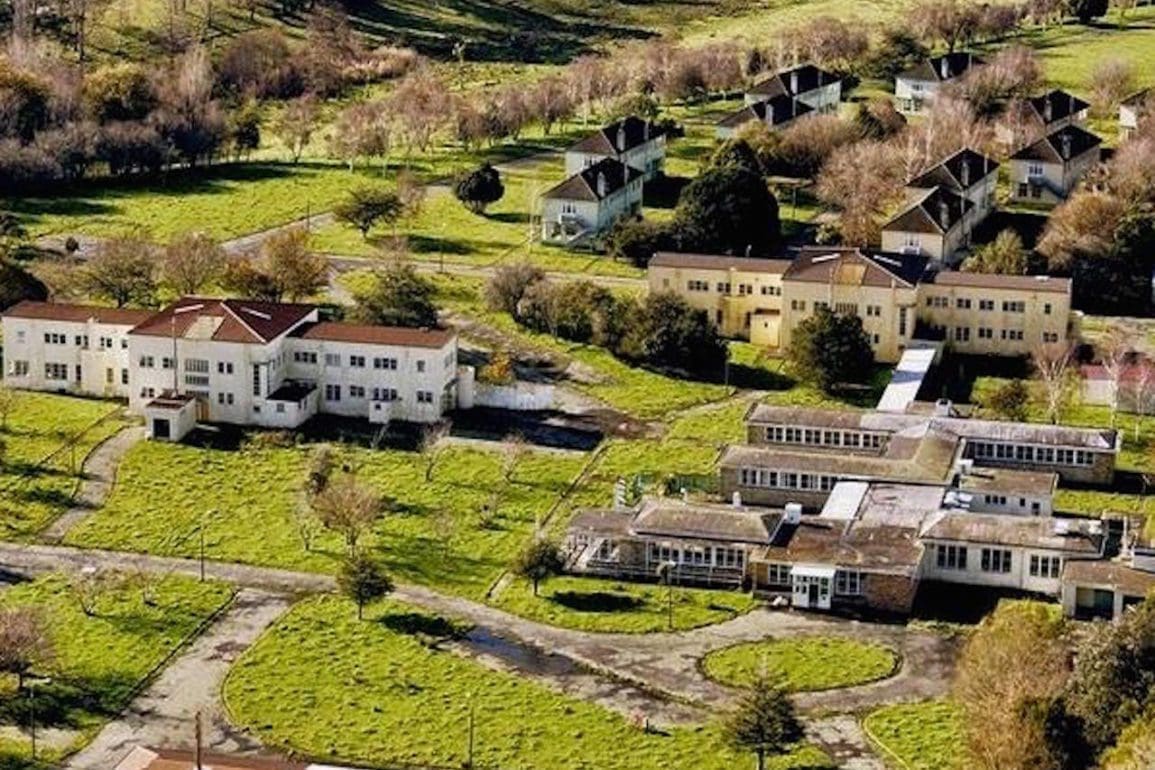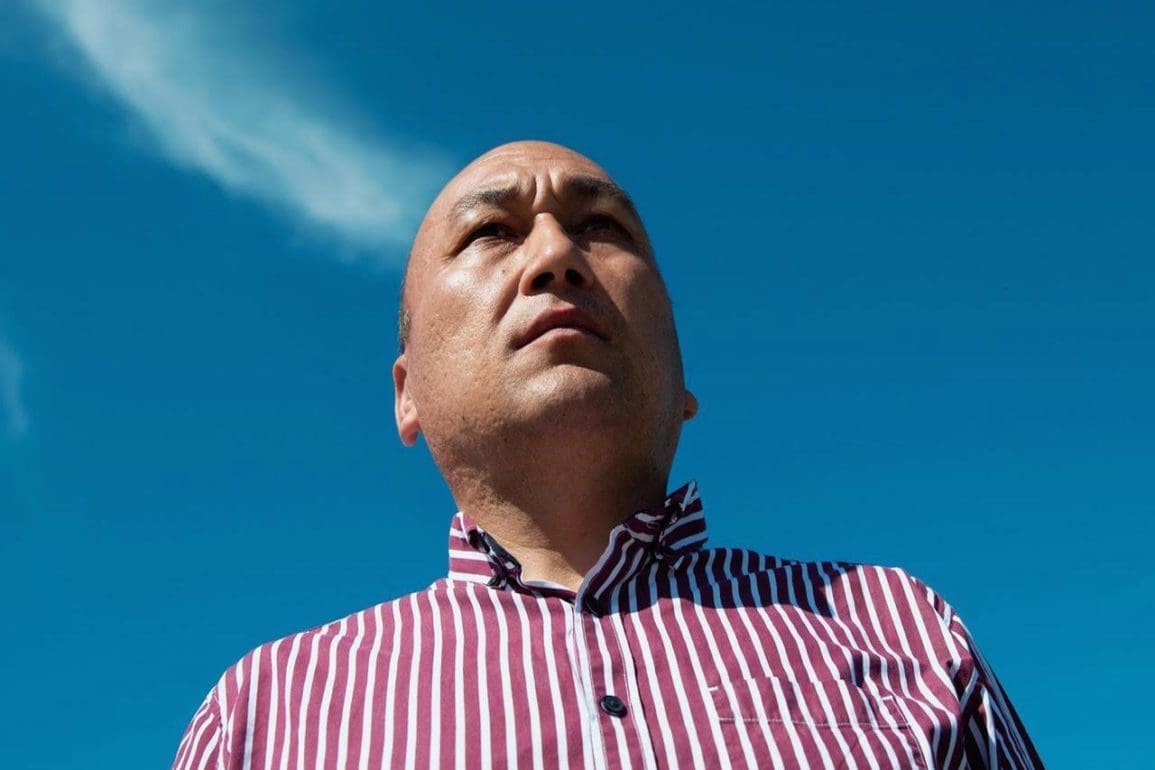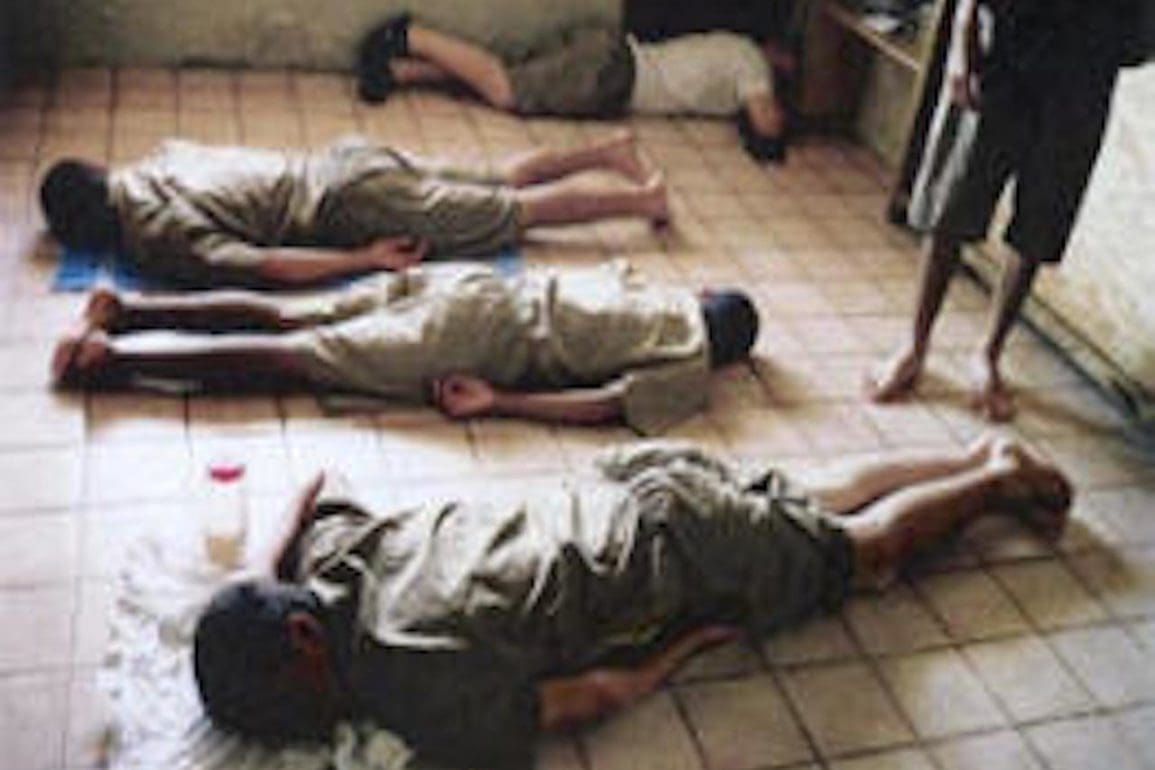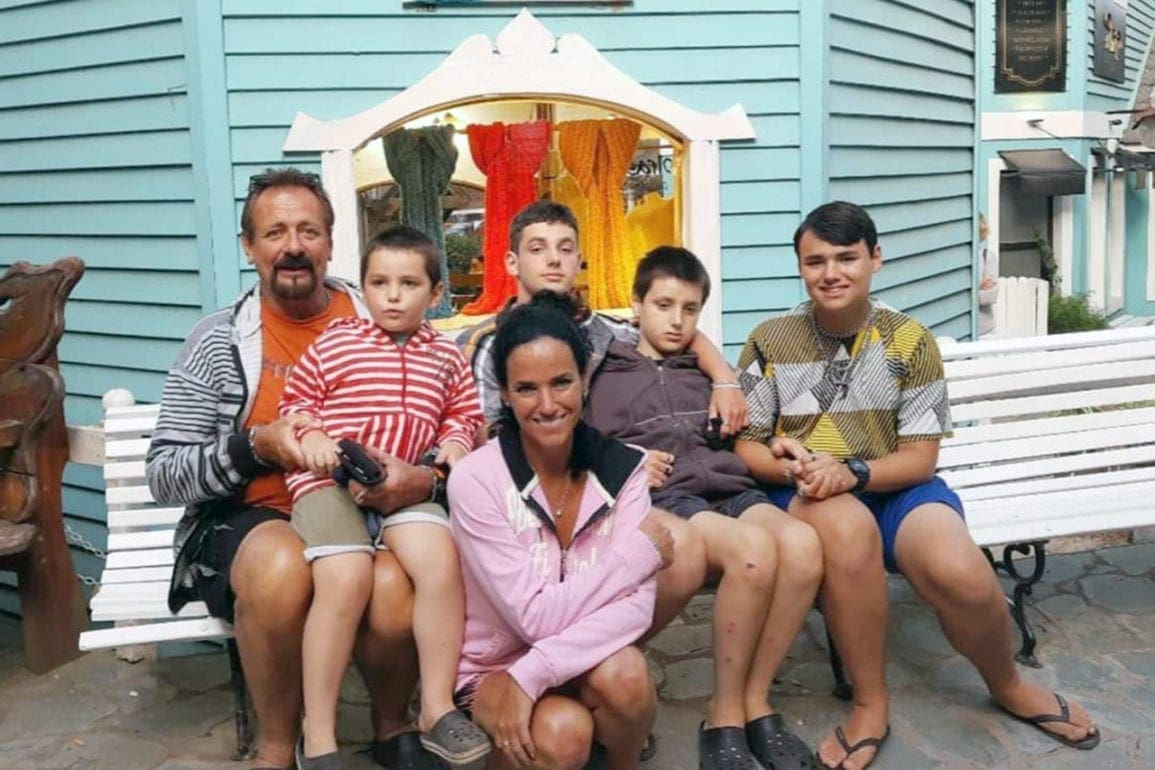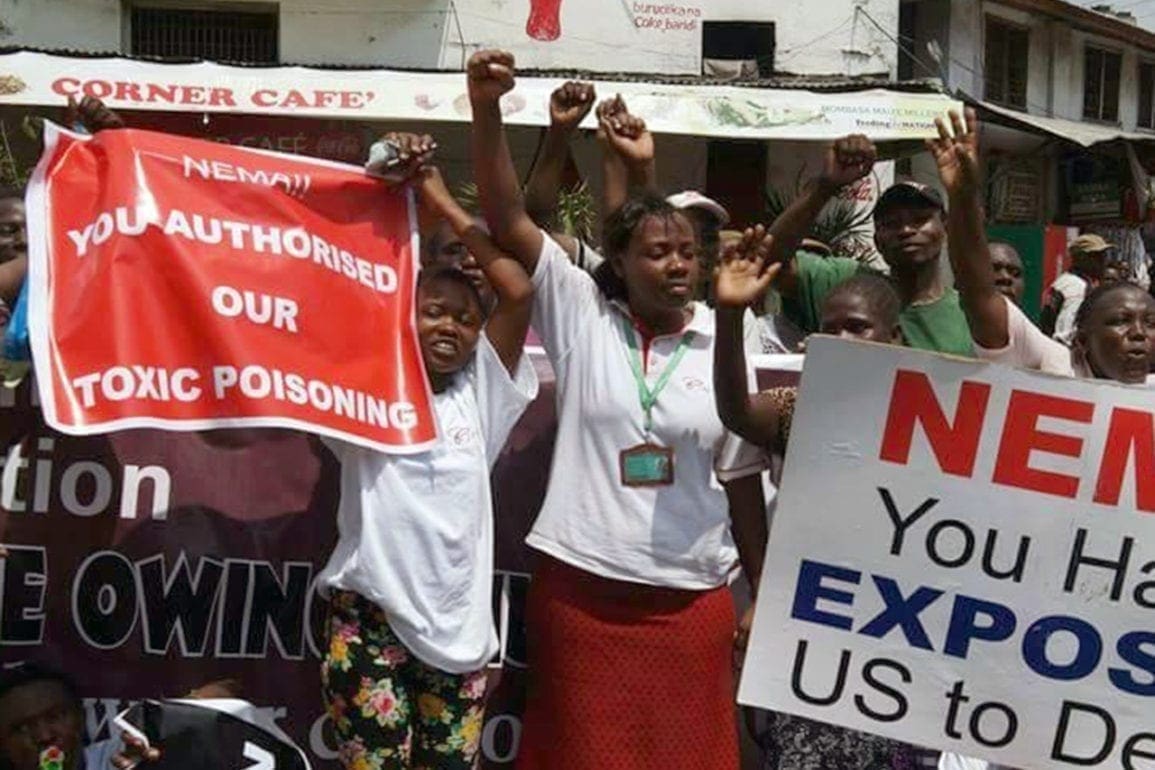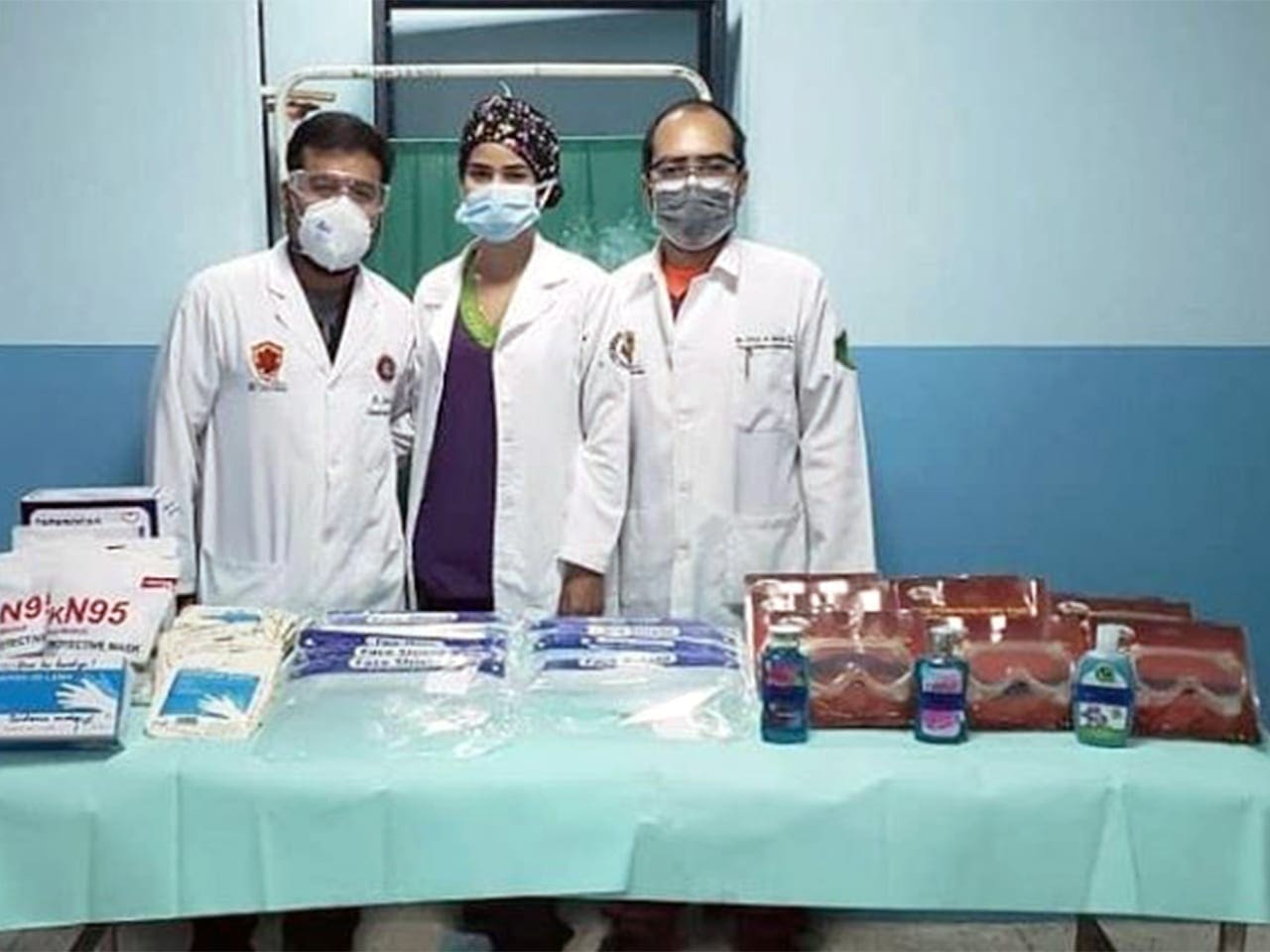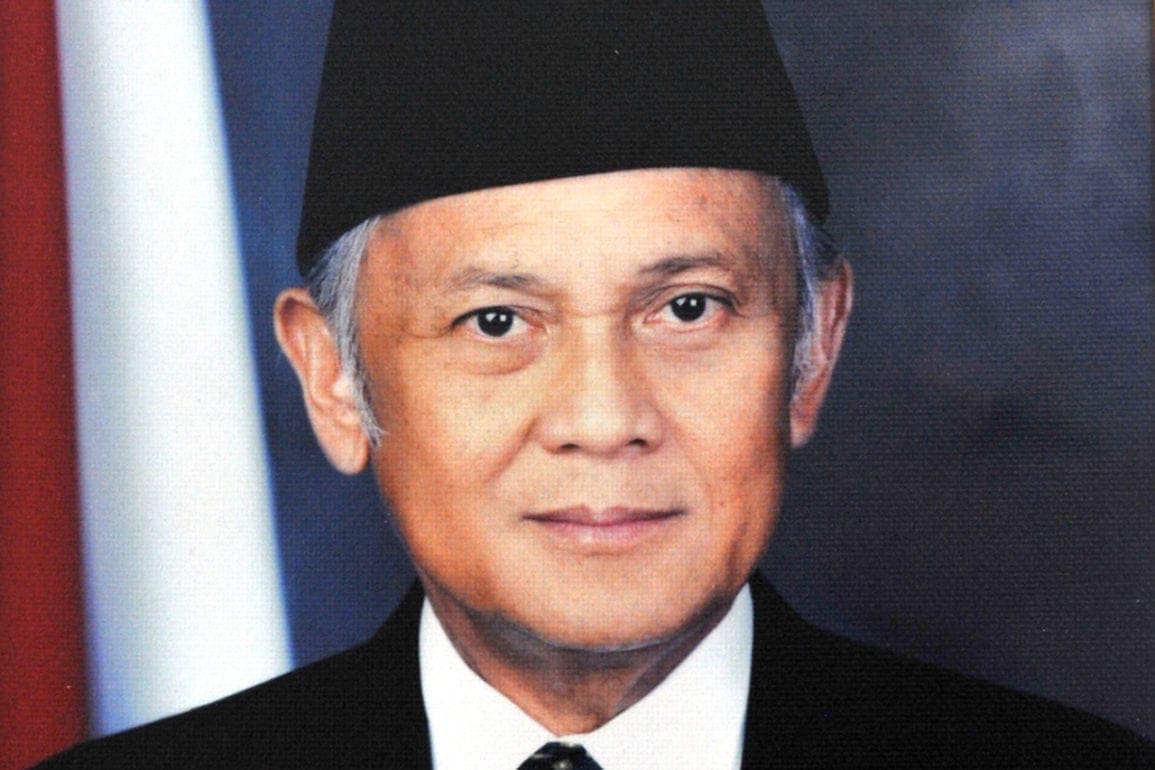Greenland’s silent pain: thousands of Inuit women underwent forced IUD insertions, 67 send compensation claims to the Denmark government
Shame weighed me down, binding my voice in a tight grip. This stifling silence mirrored the anguish that many victims of sexual assault endure. While I struggled to find words, my pain persisted, taking on a physical form.
- 2 years ago
October 14, 2023
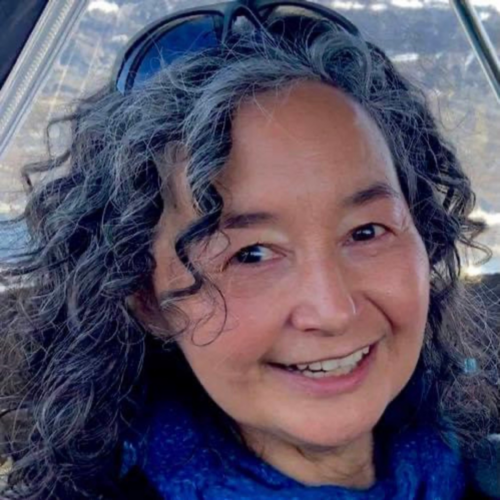
NUUK, Greenland — In 2017, I shattered my silence about the harrowing pain of having an IUD forcefully inserted into my body as a young teenager. I remember the day my school sent me to the hospital in Maniitsoq. The memory of a doctor in a stark white uniform haunted me for years. At the time, his intentions remained unclear, but when I look back at what he did to me, it still feels like knives cutting me from the inside. The excruciating experience was cloaked in shame, and it rendered me speechless.
The year before I began speaking out, I had started training in trauma education and it called to mind my coil trauma, which had been forgotten for forty years. Somehow, my body remembered. The chronically tensed muscles around my uterus and my nervous bladder spoke for me. When the memories rushed back, I thought only my classmates and I endured spiral insertion without our or our parent’s consent. I sought out resources and began working with my trauma, and I courageously shared my experience on Facebook.
The resonant response staggered me: nearly 200 women revealed stories that mirrored my own. Their voices magnified my resolve. Feeling empowered, I approached a journalist from AG/Sermitsiaq [one of the two national newspapers in Greenland], determined to bring our stories out of the shadows and into the spotlight.
Read more stories about women’s rights at Orato World Media
A childhood marked by change as my lifestyle transformed into modern Danish welfare
During my younger years, I witnessed a whirlwind of change in Greenland. As a native, I saw our age-old hunter-gatherer lifestyle shift to a modern Danish welfare state. Concrete structures emerged in stark contrast to the vast, snowy landscapes of my homeland. Schools, hospitals, and factories reflected the distinct architecture of Denmark.
As I stepped into this new Danish educational system, I felt like I was flawed, stuck between vastly different cultures and languages. I could not speak Danish at all when I entered school at five or six years old. All our teachers were Danish those first four years and our classrooms echoed with Danish words. The language felt foreign to me in the chilling mid-winter wind.
We had no Greenlandic-speaking teachers until I was eight years old, and I wrestled daily with lessons in this unfamiliar tongue. The stories of Denmark dominated our books, overshadowing the tales and traditions of Greenland’s rich culture. Every lesson and every Danish word spoken, chipped away at my identity. A sinking feeling gripped me, making me a footnote in my own land. It appeared my language and culture were not recognized at all. Each day became a balancing act, trying to harmonize the overpowering Danish influence with the heartbeat of our Greenlandic essence.
That little girl needed her identity and culture to be recognized, but we were expected to assimilate. Fortunately, today, my Inuit identity resonates inside of me. I have a big heart for me people and pride in my origins. I feel empowered to be an Inuit in modern society, which allows me to recognize and respect other cultures and mentalities, including the Danish. More than anything, I want the government recognize and acknowledge the trauma caused by the coil campaign.
The school sent us from the classroom to the hospital one by one
In the quiet of the 1970s in Maniitsoq, the air hung heavy as the school sent my classmates and I to a nearby hospital one by one. The Danish doctor we encountered implanted IUDs inside us without seeking permission or giving us any warning. At just 13 and 14 years old, they should have asked our parents for consent. This devices, designed for birth control in adult women, felt grotesquely misplaced inside me.
Before that moment, I was untouched, innocent, and young. Every sensation that day stung like daggers invading my body. Shame weighed me down, binding my voice in a tight grip. This stifling silence mirrored the anguish that many victims of sexual assault endure. While I struggled to find words, my pain persisted, taking on a physical form.
Each month, crippling menstrual agony returned. The foreign, oversized coil transformed my natural cycles into relentless nightmares. Shame and guilt haunted me as I kept this secret from my parents. Even as the years rolled on, the past refused to fade. I felt perpetual tension in my uterine muscles, and an ever-alert bladder interrupted my nights. However, a glimmer of hope eventually broke through. At 35 years old, after facing challenges with conception, I welcomed a child into the world. My son felt like a miracle to me.
I faced long-term health challenges, but confronting my trauma proved critical
Later in life, during menopause, I faced many challenges including heavy bleeding and unusual feelings in my lower abdomen. Doctors hinted at a hysterectomy. Moreover, I started experiencing severe dryness and cracks in my genital area. These issues constantly awoke traumatic memories of the IUD procedure forced upon me when I was a young teenager.
Eventually, in 2016, I trained as a practitioner in “Somatic Experiencing” in Denmark. As I conducted somatic work upon myself, I realized menopause brought back my IUD trauma. I constantly felt as if an unwanted coil remained inside of me. Memories I had tucked away came flooding back.
Later, another issue surfaced: I was diagnosed with Lichen Sclerosus, an autoimmune disease. My training hinted at the fact that this new diagnosis could be linked to trauma. Its symptoms, which include burning, pain, and cracks, mirrored what I had already gone through. By then, any form of intimacy caused bleeding and pain that lasted weeks. My once easy-going sexuality felt caged and overshadowed by the memory of the forced IUD.
My journey toward personal healing gives me new strength
During my trauma training, I worked through the unresolved emotions from the coil trauma I experienced years before. Through specific therapy exercises, I practiced resisting and escaping from simulated situations, which became a turning point toward empowerment. For decades, my trauma remained frozen within me. Seemingly innocent triggers, like seeing a doctor in a white coat, caused my heart to race.
The core objective of trauma treatment is to unlock and release the suppressed urges to either confront or flee from distressing situations, allowing the individual to regain a sense of safety and control. This therapeutic journey empowered me to reassert control over my life. I am no longer a victim, but a survivor.
I’ve since become confident in setting boundaries and learned to fully trust and embrace my instincts. Moreover, this newfound strength extends beyond personal healing. I can now passionately advocate for important issues, like addressing coil-related trauma and promoting equality between Denmark and Greenland, all without the looming fear of judgment or backlash.
From a Facebook comment to a podcast, thousands of victims come forward
In 2017, after sharing my traumatic coil placement story on Facebook, around 200 women revealed similar teenage experiences. I teamed up with a journalist from AG/Sermitsiaq, and by April 2019, our stories went public. Responses remained mostly empathetic.
In June 2021, Greenland’s women’s magazine, Arnanut, featured my account alongside another survivor. The following month, Danish journalist Celine Klint, inspired by my Arnanut piece, joined forces with Anne Pilegaard Petersen. They delved into state archives, unearthing the motives behind these coerced coil procedures. Their inquiry stretched from 2021 to early 2022.
During that time, while studying in Denmark, I joined the Spiralkampagnen podcast, introducing four more victims. By April 2022, a shocking truth emerged: thousands of girls, as well as adult women who had given birth or had an abortion, fell prey to a Danish government-backed coil campaign during Greenland’s transition from a colony. The revelation proved jarring.
Realizing we were pawns in Denmark’s broader coil strategy ignited my fight reflex. It remains common knowledge that many Greenlandic women struggled with fertility. Several became childless, a fate I now link to the coil. Why else would roughly one in four Greenlandic women we know face infertility? This insight spurred my activism. I became a voice for countless women who were rendered sterile or faced damaged ovaries, forced hysterectomies, and ectopic pregnancies.
With fierce resilience, my Greenlandic identity shines brightly
My loved ones, especially my husband, son, and family, strongly support my activism. While Greenland stands equal to Denmark on paper, the enforced IUD insertions became a personal invasion. I anxiously await the investigation’s results, hoping it exposes the Danish government’s overreach.
Revealing this truth will extend beyond facts; it will echo the fierce resilience of Greenlandic women like me. Today, my Greenlandic identity shines brightly. I celebrate our culture and language, not just for myself but for our entire community.
Despite historical challenges, our sense of unity and our heart-driven bonds remain strong. Our language echoes our spirit and stands as a testament to our incredible endurance.

